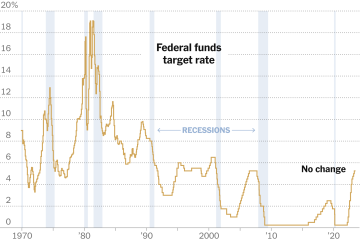The Significance of GDP in Today’s Economy

Introduction
The Gross Domestic Product (GDP) is a critical economic indicator that represents the total value of goods and services produced within a country over a specific time frame. As the primary measure of a nation’s economic performance, GDP is essential for policymakers, investors, and economists globally. Understanding GDP is increasingly vital in the context of ongoing economic challenges, including inflation, supply chain disruptions, and post-pandemic recovery.
Current Trends in GDP
As of October 2023, various nations are experiencing differing GDP growth rates, reflecting their unique economic circumstances. For instance, the International Monetary Fund (IMF) has projected a global GDP growth rate of 3.0% for 2023, down from 6.0% in 2021. This slowdown is attributed to a convergence of factors, including tighter monetary policies, high energy prices, and geopolitical tensions.
In the United Kingdom, the Office for National Statistics reports modest growth, with GDP expanding by 0.2% in the second quarter of 2023. However, inflation remains a pressing issue, hovering around 7%, leading to increased living costs and pressure on consumer spending. In contrast, emerging economies like India and Brazil are showing resilience, with GDP growth rates of approximately 6.5% and 3.5%, respectively, driven by strong domestic demand and export performances.
Analysing GDP Components
GDP can be broken down into four main components: consumption, investment, government spending, and net exports. In recent months, consumer confidence has been shaky in many advanced economies, dampened by rising interest rates. Consequently, consumption, which accounts for over two-thirds of GDP in developed markets, has seen slower growth.
Investment in infrastructure and green technologies is also gaining traction as nations strive for sustainable economic recovery. Governments worldwide are increasing spending to stimulate growth, particularly in renewable energy sectors, which could redefine GDP growth patterns in the long term.
Conclusion
In summary, GDP remains a fundamental metric for assessing economic health and directing policy decisions. The fluctuations in GDP growth rates across various countries highlight the necessity for adaptive strategies to bolster economies. As we move towards 2024, close monitoring of GDP components and macroeconomic trends will be essential for predicting future economic resilience, not only for individual nations but also for the global economy as a whole.









